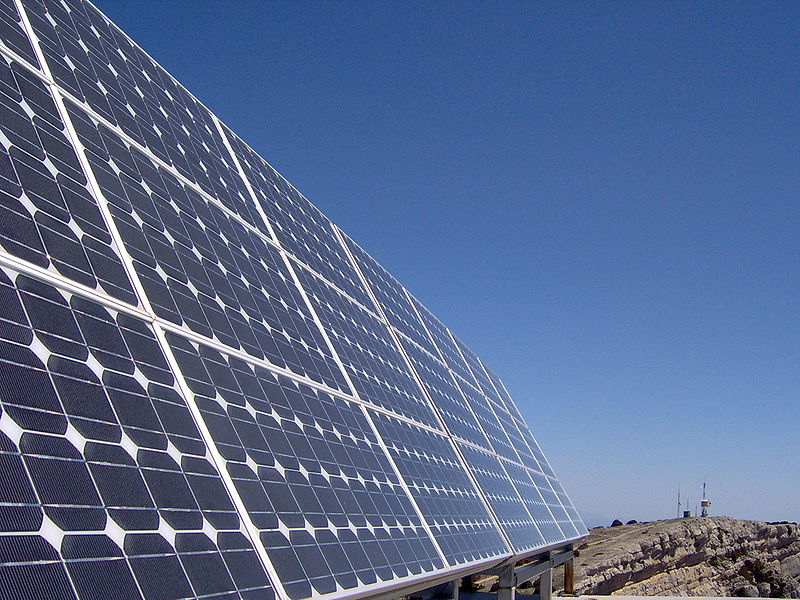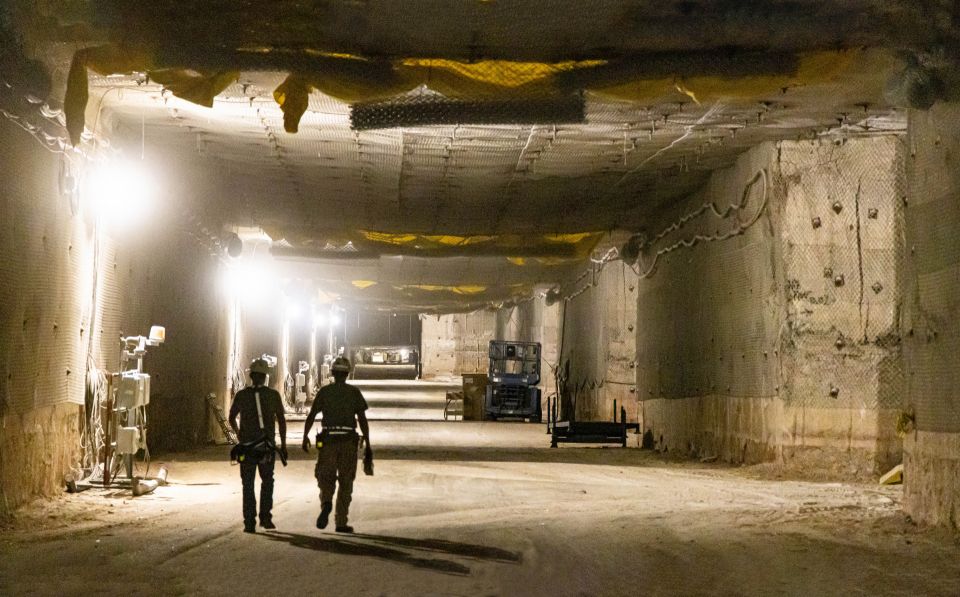External costs of energy technologies, part 3
Can renewables rescue us?
Part 2 of this article, which appeared here on December 29, made the point (in part) that the nuclear power industry sequesters its nuclear "waste," while other power producing industries do not. This capturing of waste products matters when calculating the external costs of energy technologies.

Photovoltaic cell
Photovoltaic (solar) cells produce wastes not accounted for in its conventional cost calculations due to its comparatively high demand for steel, glass, cement, and sometimes even aluminum. Cadmium is a toxic heavy metal contained in many solar cells, which presents health hazards to humans, as well.
ANS Position Statement 63 points out:
While some energy technologies may appear to have smaller environmental impacts than others, their external costs may be significant when the complete life cycle costs are taken into account. Particularly, an energy source that is inherently intermittent will require, for applications demanding reliable performance, either a backup energy supply or an energy storage facility, whose external costs are not negligible.
Since the sun doesn't shine 24/7, and even if you wanted to cover a land mass equal to the size of West Virginia with solar panels to replace an estimated 768 billion kilowatt hours of annual nuclear energy output in the United States, you would incur external costs through load-following technologies such as methane-burning power plants, or energy storage facilities such as battery banks, flywheels, pumped hydro, compressed air, or even one large-scale storage solution that I recently became interested in that's being developed with Charles Forsberg, an ANS Fellow from the Massachusetts Institute of Technology.
Wind power is an intermittent source, too. Both solar and wind have unimpressive power densities compared with other sources of energy that speak to environmental impact.
We're not asking to dominate, we're asking for balance
 Nuclear energy is the only source of energy that has been obligated to account for all the costs to ensure that it is safe and secure, including waste management and disposal, into the cost of electricity. Even with this stacked deck, nuclear energy has remained competitive and profitable, with a phenomenal safety record. The physical density of nuclear energy enables solutions to these questions: How do we ensure that our technology does not harm society? How do we ensure that we are providing the maximum benefit to society?
Nuclear energy is the only source of energy that has been obligated to account for all the costs to ensure that it is safe and secure, including waste management and disposal, into the cost of electricity. Even with this stacked deck, nuclear energy has remained competitive and profitable, with a phenomenal safety record. The physical density of nuclear energy enables solutions to these questions: How do we ensure that our technology does not harm society? How do we ensure that we are providing the maximum benefit to society?
When I took the oath of the engineer and began my career, I pledged an obligation to serve humanity and make the best of Earth's precious wealth through my skill and knowledge. Nuclear energy holds that potential to benefit society through its energy density. Not only are we able to contain our waste because the volume is controllable, but we can ensure that we do not contribute to pollution.
Nuclear energy is large-scale baseload energy. Nuclear energy is demonstrably safe, even though it utilizes potentially harmful material. Men and women have dedicated careers and lives to gaining knowledge and skill in how to safely implement nuclear technology to the benefit of society, and when national energy policy decisions are being made, credit is due to those who made it so. At the end of the day, there is no denying it: We need nuclear energy.
(Part 1 of this three-part article appeared on the ANS Nuclear Cafe on December 28 and is available here. Part 2 appeared on December 29 and is available here. )
***
The views expressed here are my own and do not necessarily represent the positions, strategies or opinions of Westinghouse Electric Company LLC.

Wharton
Art Wharton is a senior project engineer at Westinghouse Electric Company LLC in the Nuclear Power Plants product line. He is a member of the ANS Planning committee, the Operations and Power Division Program committee, is a Pittsburgh Local Section past chair, and is a guest contributor to the ANS Nuclear Cafe.




